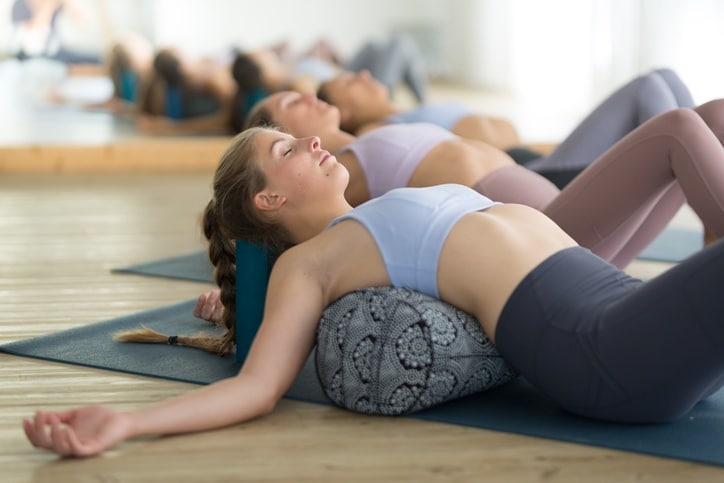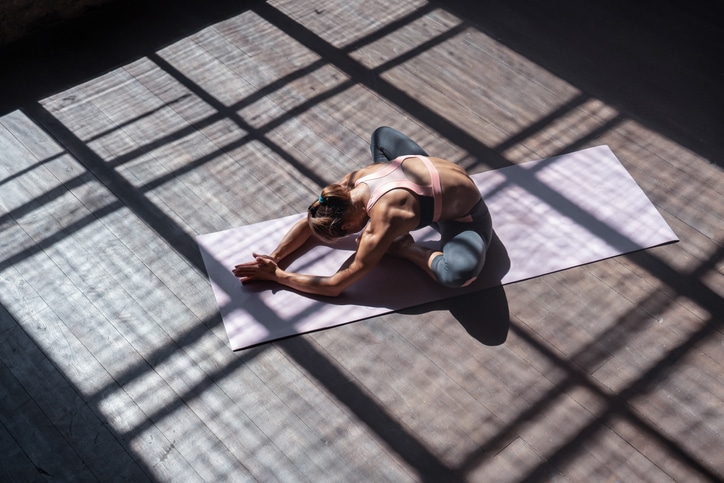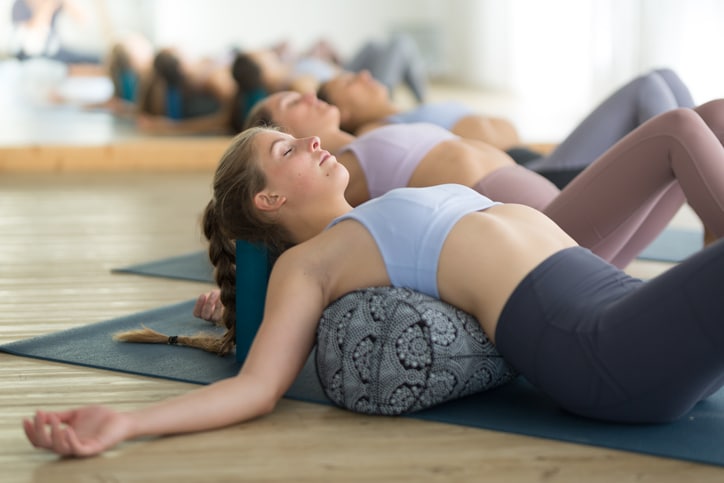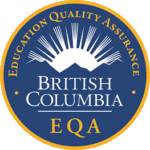
One of the beauties of yoga therapy school is the variety of avenues you can pursue following graduation. Whether you decide to dedicate your practice to individual sessions, small group classes, clients facing trauma, pregnant or postpartum clients, or something else, you can expect a rewarding career as a trained professional working as a therapeutic yoga instructor. Restorative yoga is a popular form of practice that people flock to from all walks of life, giving you the opportunity to make an impact on countless lives.
Training with the Vancouver School of Healing Arts will prepare you to fill your role confidently and capably when you pursue a career in yoga therapy. With courses ranging from Trauma Informed Therapy to Pelvic Health and Yoga Therapy, you will benefit from a comprehensive program that prepares you to work with all kinds of people. Continue reading to learn more about restorative yoga and see if it’s a direction you’d like to pursue after yoga teacher training.
Explore the Concept of Passive Healing
Restorative yoga is all about slowing down, letting go, and inviting rest into the body. In contrast to some more challenging forms of yoga, such as inversion practices and Ashtanga which focus on muscular strength, restorative yoga aims to melt away muscle tension through deep mental and physical relaxation. This style of yoga requires building up a different type of strength, which can be just as challenging: the practice of unwinding.
Restorative sessions are created around the idea of passive healing. Cultivating a connection between the mind and body while focusing on the breath helps decompress areas that are holding onto tension. This release of built-up rigidity often helps clients think and feel more clearly without unwanted tightness, especially with the use of props such as bolsters, blankets, blocks, and more.

Reducing Symptoms of Chronic Pain
Restorative yoga, as you may learn in your yoga therapy courses, prioritizes only a few poses during a session. This means that you spend an extended amount of time in each pose, really getting to know how your body is feeling in each position and inviting calmness and relaxation. These longer holds support the movement of blood into deeper tissues while often lowering blood pressure and breathing rate, returning the body to a relaxed state.
Chronic pain is often a manifestation of traumatic experiences in one’s life. Restorative yoga can help ease the sensations of chronic pain in some cases, paying close attention to opening up areas that hold onto tightness the most, such as the head, neck, back, and lower limbs. With training in advanced anatomy and physiology from the VSOHA, you’ll understand the importance of exploring these movements slowly with careful consideration of the joints and muscles involved.

Help Clients Sleep Better After Yoga Therapy School
While restorative yoga is different from sleep, it supports the aim of intentional and conscious relaxation. Studies show that various forms of yoga, including restorative yoga, promote the release of melatonin and reduce hyperarousal. These both contribute to a more relaxed state of mind, making falling asleep a much easier process for participants. Since it may also improve the quality of sleep, a consistent restorative yoga practice can be especially helpful for your clients after yoga therapy school if they are experiencing insomnia.
Improved State of Relaxation from Restorative Yoga
Connecting the body deeply through restorative yoga often results in an improved mood. As a yoga therapy instructor, you may even be able to provide an outlet for those dealing with stress, anxiety, depression, and other mood disorders. With a deep feeling of relaxation, it becomes harder to give attention to these negative emotions, proving to be a useful tool for anyone looking to practice the art of relaxation.
Interested in starting a yoga therapy career?
Contact VSHOA for more information!





